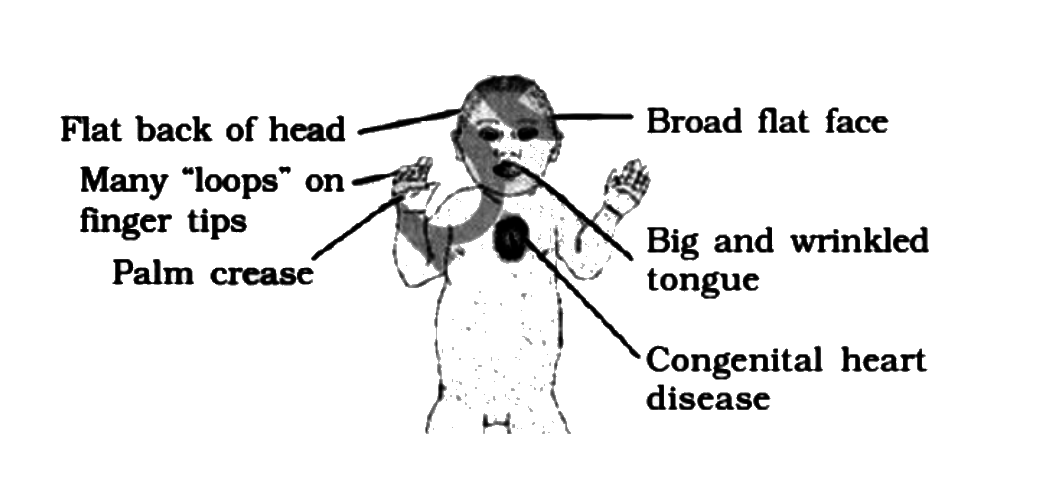Many diseases can be diagnosed by observing the symptoms in the patient. Which group of symptoms are indicative of pneumonia ?
Difficulty in respiration, fever, chills, cough, headache
Constipation, abdominal pain, cramps, blood clots
Nasal congestion and discharge, cough, sorethroat, headache
High fever, weakness, stomach pain, loss of appetite and constipation
The correct Answer is:A
To determine the group of symptoms indicative of pneumonia, we can follow these steps:
1. Understanding Pneumonia:
- Pneumonia is primarily a bacterial infection that affects the lungs, specifically the alveoli.
- Common causative agents include Streptococcus pneumoniae and Haemophilus influenzae.
2. Identifying Symptoms:
- The primary symptoms of pneumonia include:
- Fever: A common response to infection.
- Chills: Often accompany fever as the body tries to regulate temperature.
- Cough: A reflex action to clear the airways, which can be productive (with phlegm) or dry.
- Headache: Can occur due to fever or as a systemic response to infection.
- Difficulty in respiration: Due to fluid accumulation in the alveoli, making it hard to breathe.
3. Evaluating the Options:
- Option A: Fever, chills, cough, headache, and difficulty in respiration.
- This option includes all the classic symptoms of pneumonia.
- Option B: Constipation, abdominal pain, cramps, and blood clots.
- These symptoms are not related to pneumonia but rather to gastrointestinal issues.
- Option C: Nasal congestion, discharge, cough, sore throat, and headache.
- These are symptoms of a common cold, not pneumonia.
- Option D: High fever, weakness, stomach pain, loss of appetite, and constipation.
- These symptoms are indicative of gastrointestinal infections, not pneumonia.
4. Conclusion:
- Based on the evaluation of the symptoms, Option A is the correct answer as it lists the symptoms that are indicative of pneumonia.
Final Answer:
The group of symptoms indicative of pneumonia is Option A: Fever, chills, cough, headache, and difficulty in respiration.
---
- Pneumonia is primarily a bacterial infection that affects the lungs, specifically the alveoli.
- Common causative agents include Streptococcus pneumoniae and Haemophilus influenzae.
- The primary symptoms of pneumonia include:
- Fever: A common response to infection.
- Chills: Often accompany fever as the body tries to regulate temperature.
- Cough: A reflex action to clear the airways, which can be productive (with phlegm) or dry.
- Headache: Can occur due to fever or as a systemic response to infection.
- Difficulty in respiration: Due to fluid accumulation in the alveoli, making it hard to breathe.
- Option A: Fever, chills, cough, headache, and difficulty in respiration.
- This option includes all the classic symptoms of pneumonia.
- Option B: Constipation, abdominal pain, cramps, and blood clots.
- These symptoms are not related to pneumonia but rather to gastrointestinal issues.
- Option C: Nasal congestion, discharge, cough, sore throat, and headache.
- These are symptoms of a common cold, not pneumonia.
- Option D: High fever, weakness, stomach pain, loss of appetite, and constipation.
- These symptoms are indicative of gastrointestinal infections, not pneumonia.
- Based on the evaluation of the symptoms, Option A is the correct answer as it lists the symptoms that are indicative of pneumonia.
The group of symptoms indicative of pneumonia is Option A: Fever, chills, cough, headache, and difficulty in respiration.
Topper's Solved these Questions
Similar Questions
Following group of symptoms belong to

View SolutionWhich one is not a symptom of opium addiction
View SolutionMention three symptoms of the disease Hepatitis.
View SolutionGive symptoms and causes of bronchitis and pneumonia.
View SolutionGive the cause and one symptom of the following diseases :
Pneumonia
View SolutionWhich of the following symptoms indicate radiation sickness ?
View SolutionLet d1,d2,d3 be thee mutually exclusive diseases. Let S={s1,s2,s3,,.....,s6} be the set of observable symptoms of these diseases. For example s1 is the shortness of breath, s2 is loss of weight, s3 is fatigue etc. Suppose a random sample of 10,000 patients contains 3200 patients with disease d1,3500 with disease d2and3300 with disease d3. Also, 3100 patients with disease d1,3300 with disease d2and3000 with disease d3 show the symptom S. Knowing that the patient has symptom S, the doctor wishes to determine the patients illness. One the basis of this information, what should the doctor conclude?
View SolutionSelect the symptoms of the disease caused by round worm
View SolutionWhich of these symptoms is caused by the entry of sporozoites ?
View SolutionA symptom of Graves' disease is
View Solution
